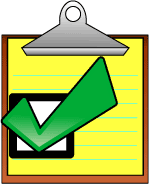Download our free Monitoring Fundamentals Tutorial.
An introduction to Monitoring Fundamentals strictly from the perspective of telecom network alarm management.
1-800-693-0351
Have a specific question? Ask our team of expert engineers and get a specific answer!
Sign up for the next DPS Factory Training!

Whether you're new to our equipment or you've used it for years, DPS factory training is the best way to get more from your monitoring.
Reserve Your Seat Today| Support for other environmental alarms: You need to monitor more than temperature. Make sure your next system monitors all your remote site environmental factors, including humidity, flooding, power and security. | Live analog monitoring: You can't adequately monitor temperature with one-threshold discrete alarms. To get effective visibility of remote site temperature, look for a system with four-threshold analog inputs, including live monitoring of actual temperature levels. | Integrated support for monitoring your whole network: Temperature and other remote site environmentals can't be viewed separately from your whole network. Look for a system that can also monitor your revenue-generating equipment like switches, routers, microwave radios, and more. |
High temperature alarm monitoring is just the start of what you should be looking for in a remote network alarm monitoring system. Here's a handy checklist of all the essential features you should look for. Print this checklist out and use it to rate the systems you're evaluating. If a system can't meet these basic requirements, cross it off your list.
